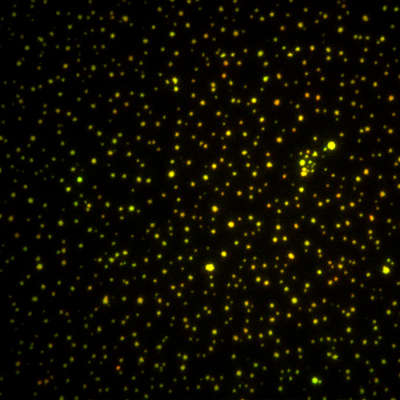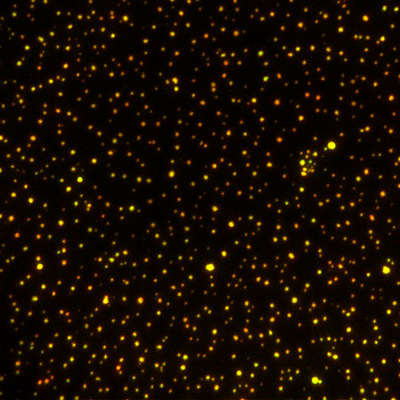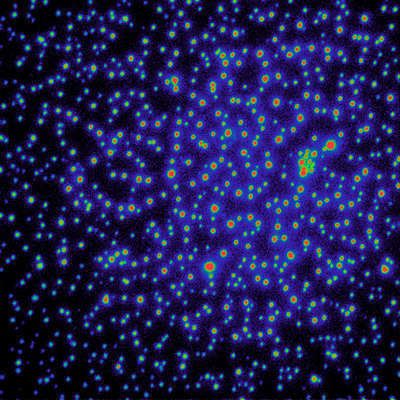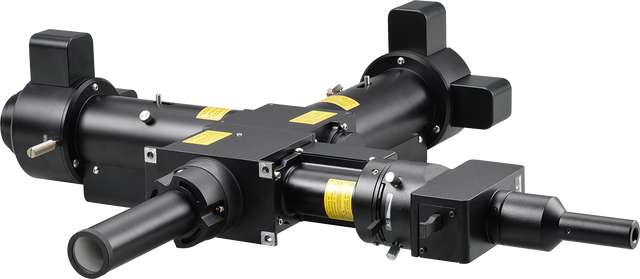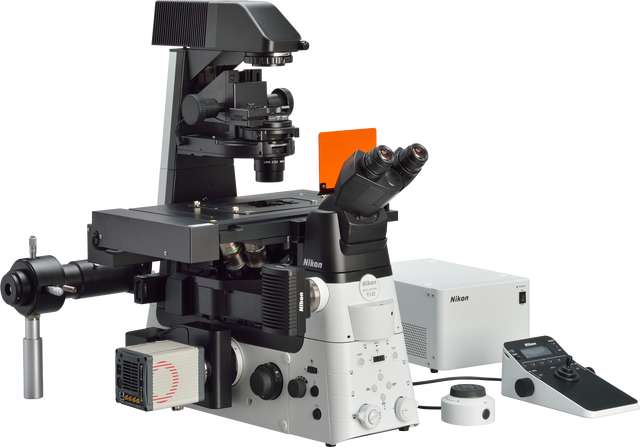H-TIRF module
Fully automated TIRF adjustment and observation is now possible
The ideal incident angle and focus of the laser for TIRF observation vary depending on specimen and observation conditions. Adjusting the incident angle and focus for achieving TIRF requires skill and experience. The H-TIRF module automatically adjusts the focus and incident angle of the laser for TIRF observation by monitoring the reflection beam. This automatic laser focus adjustment and incident angle adjustment is carried out by the auto-alignment function in NIS-Elements software. Incident angles and penetration depths of the evanescent fields can be saved and reproduced for subsequent experiments to ensure consistent imaging results.
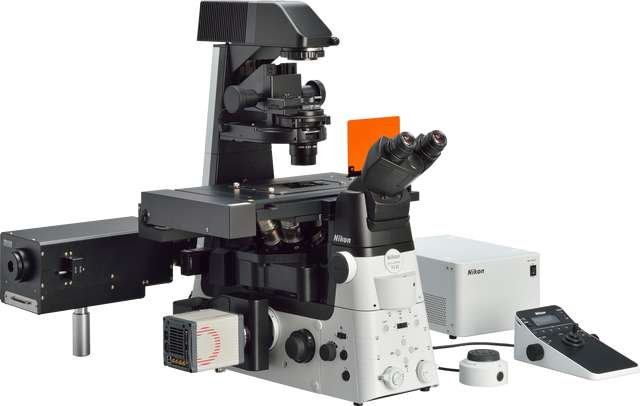
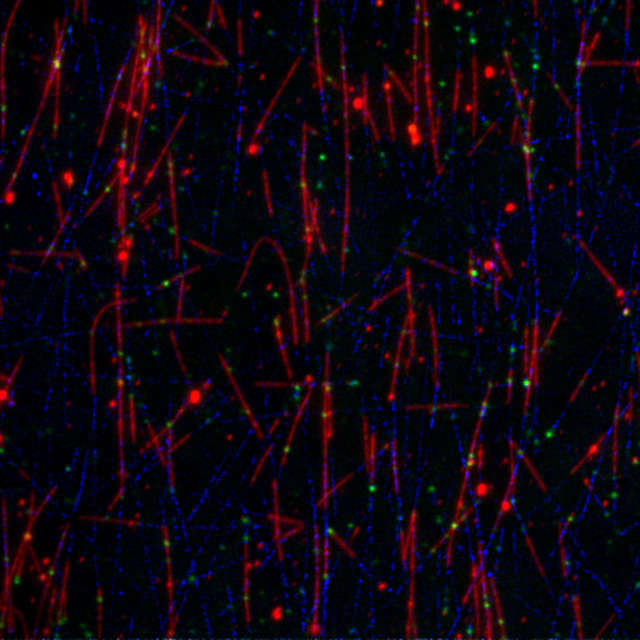
Without the gradation ND filter, TIRF illumination displays a Gaussian profile in the FOV with the center being brightest.
Using the gradation ND filter, a very even TIRF illumination is achieved.
Using the gradation ND filter, a very even TIRF illumination is achieved.
